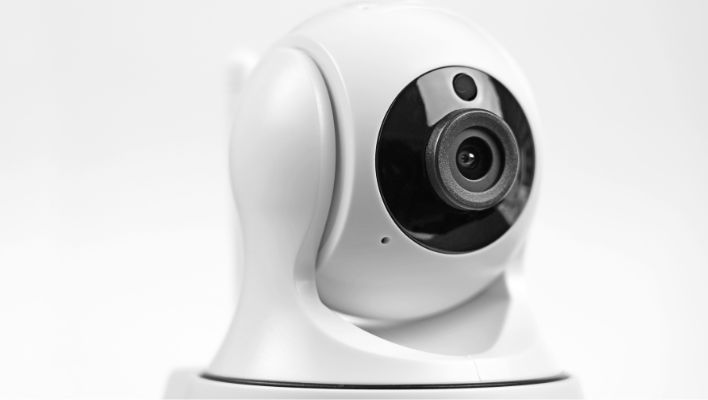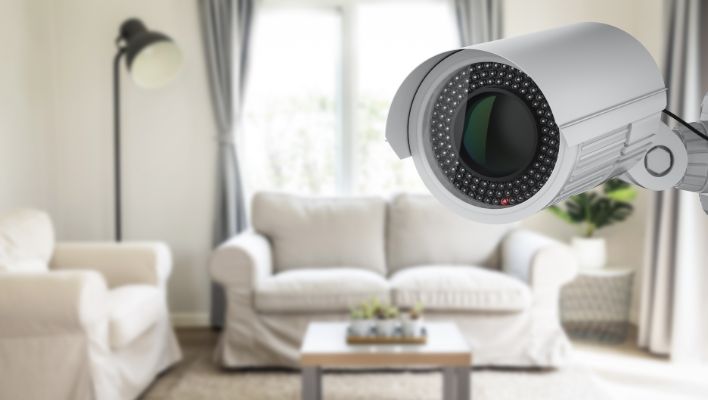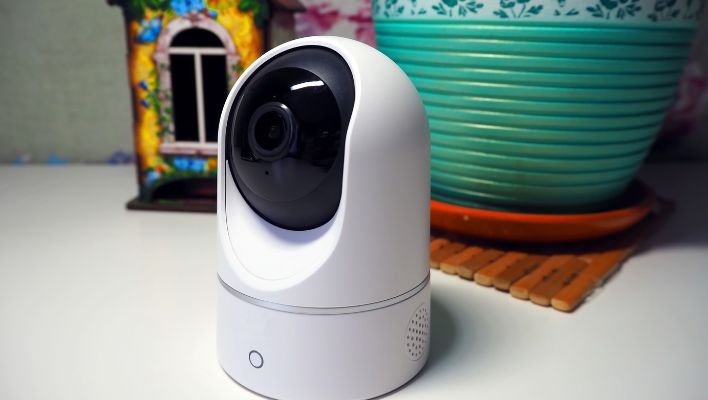To Set up security cameras without wifi may seem like a daunting task, but it can actually be quite simple. Having a security camera can be great, but sometimes you might want something other than a camera hooked up to your Wi-Fi network. In these situations, you may use a security camera that does not require a Wi-Fi network. We know, Wi-Fi cameras are convenient as they allow you to access your camera feed remotely, but if you don’t have access to the internet, you can still set up cameras to monitor your home or workplace. Here’s a complete guide on How to Set Up Security Cameras Without Wi-Fi.

Wi-Fi vs Wi-Fi-free Cameras
Using security cameras without wifi may seem like a bad idea, but the truth is there are a variety of cameras available that don’t require an internet connection. Depending on how your home is wired, you may be able to install a camera that uses cellular data to send you notifications.
Use 4G cellular security cameras
Cellular data cameras are often considered an innovative solution for homes that don’t have electricity. Rather than sending video over the network, cellular data cameras record video to a micro-SD card that’s stored on a cellular phone. This provides an alternative to Wi-Fi, but cellular transmission is vulnerable to hacking.
Sometimes, Wi-Fi cameras may be more vulnerable to hacking than cellular data cameras, but that doesn’t mean they’re useless. Some Wi-Fi cameras can detect and recognize motion and notify the owner of the motion. These cameras also allow for two-way communication, which is very handy if you have a business that needs to constantly monitor its premises.
Wireless vs Wi-Fi-free cameras
Depending on the level of protection you require, you may want to choose between wireless or Wi-Fi-free cameras for security cameras. Both offer great features, but each type has pros and cons. Wireless cameras offer more flexibility in the placement, but they can be susceptible to tampering. Similarly, Wi-Fi-free cameras do not need to be wired to function, but some models require periodic battery recharges.
On the other hand, if you want to monitor your home or business on the go, you may prefer a Wi-Fi-free camera. However, you’ll need to ensure your phone has a data plan or cellular service. Some cameras offer cloud recording, but you’ll have to subscribe to a service to view the footage. Alternatively, some cameras record onto an SD card.
While Wi-Fi-free cameras provide better security, they can also be more challenging to install. You may also have to cut wires or drill through walls. Lastly, I think you should consider your location. If your Wi-Fi signal is weak or spotty, you may have to move the camera closer to your router to view the feed.
Top 5 Solutions To Set Up Security Cameras without Wi-Fi

Setting up security cameras without Wi-Fi can be a daunting task for many homeowners. After all, Wi-Fi is the most popular way to connect security cameras to a home network. Fortunately, it is possible to set up security cameras without Wi-Fi and still achieve the same level of protection. Here are a few tips to help you set up your cameras without Wi-Fi.
1. Invest in an Ethernet Cable
Using an Ethernet cable is the best solution to connect your security cameras to a home network where there is without Wi-Fi. These cables can be purchased at most electronics stores and online. Make sure you get the right length of cable for your needs and you’ll be able to easily plug it into the router and your security cameras.
2. Get a PoE Switch
A Power-over-Ethernet (PoE) switch is one of the ways to get the power and data set to your security cameras without WiFi. These switches are designed to take power from the router and pass it to the camera, eliminating the need for an additional power source.
3. Use an NVR
An NVR (Network Video Recorder) is another good option to connect your security cameras without Wi-Fi. These devices allow you to record and monitor the video from your cameras without having to use Wi-Fi. Many NVRs also have the ability to connect to a home network and can be controlled from a laptop or smartphone.
4. Try a Home Automation Hub
Home automation hubs can be an alternative approach to connect your security cameras without Wi-Fi. These hubs are designed to connect your devices like cameras, thermostats, and lights. They often come with their own app and can be easily accessed from a laptop or smartphone.
5. Use cellular data cameras
Another alternative to wireless cameras is cellular data cameras. These cameras can record video to a micro SD card on a cellular phone. This is less vulnerable than standard Wi-Fi, but you may need to buy a hefty data plan if you need to use the camera a lot.
Notifications from security cameras without wifi
Almost one in four households still needs to get a working Wi-Fi connection. This is due to various factors. For example, some parents do not have a fast Internet connection, and elderly relatives still need to be assured that their home is safe. Luckily, security cameras can be set up without an Internet connection.
These security cameras usually connect to a DVR. The DVR works similarly to a television DVR. It sends footage to the DVR via a coaxial cable. The footage is then viewed on multiple monitors.
Some cameras are built to transfer video data over USB or Ethernet. These cameras are more challenging to hack. Some cameras have built-in storage options. They can store footage on a hard drive or SD card. They can then be retrieved later.
Other cameras have no internet connection but connect through a DVR. Some of these cameras do not have live streaming features, but they can be set up with a data plan.
What is the cost of wireless or Wi-Fi-free cameras?
Compared to wired cameras, wireless cameras are cheaper and easier to install. They also offer an excellent alternative for those who do not have internet access.
Many wireless security cameras feature Bluetooth or mobile data connectivity. This allows for remote viewing and access to the camera’s feed. Some cameras also include built-in sirens and motion detection. Other cameras allow users to turn on the camera from an app. Some cameras even offer free storage in the cloud for a week.
Some cameras may require a monthly subscription. Others have optional subscriptions. Alternatively, some cameras have a micro SD card slot that allows users to record their footage locally. This may be a good option for those who want to keep their footage private.


1 thought on “How to Set Up Security Cameras Without Wi-Fi”
Comments are closed.